#kongolesestories
Photo

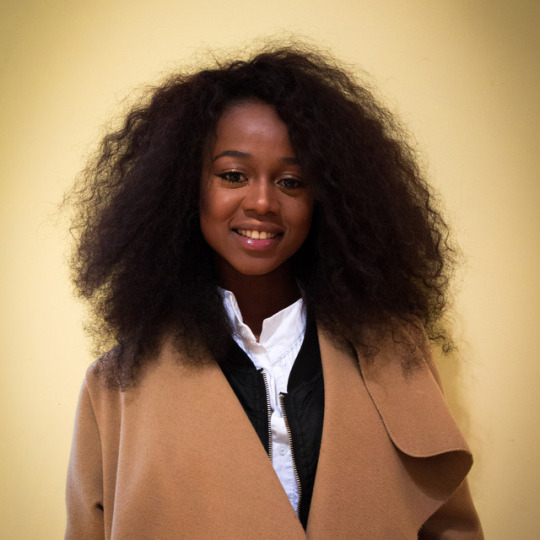
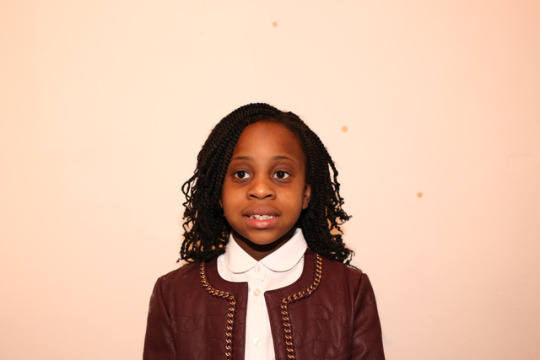
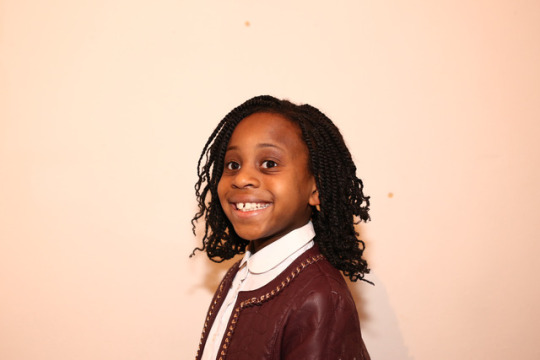
Searching for face/s II
More testing... still not the one.
First two taken during an event to commemorate the late Mama Masika. Find out more about her and her legacy here https://www.facebook.com/MothersOfCongo
The other was just a test.
#kongo#Congo#archives#archiving#kongoarchives#Kongostories#kongolesestories#portrait#tests#past#present#future#multistories#community#B&B#colour photography#congolese stories#canon 6d#DSLR
17 notes
·
View notes
Photo
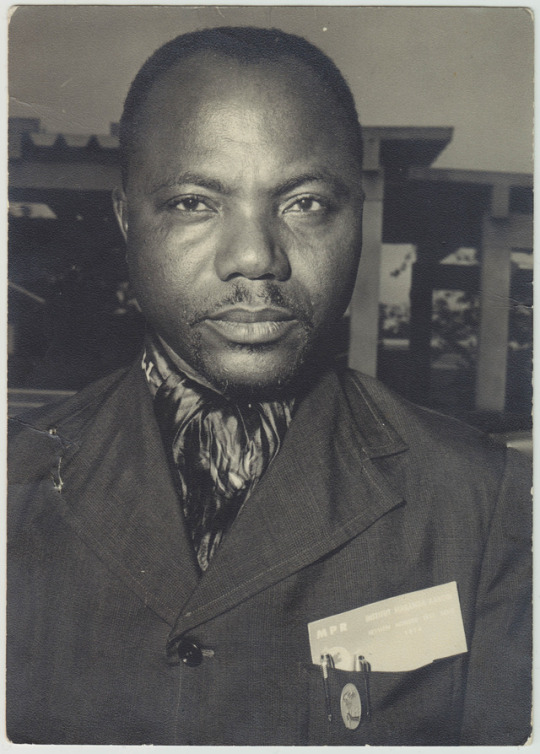
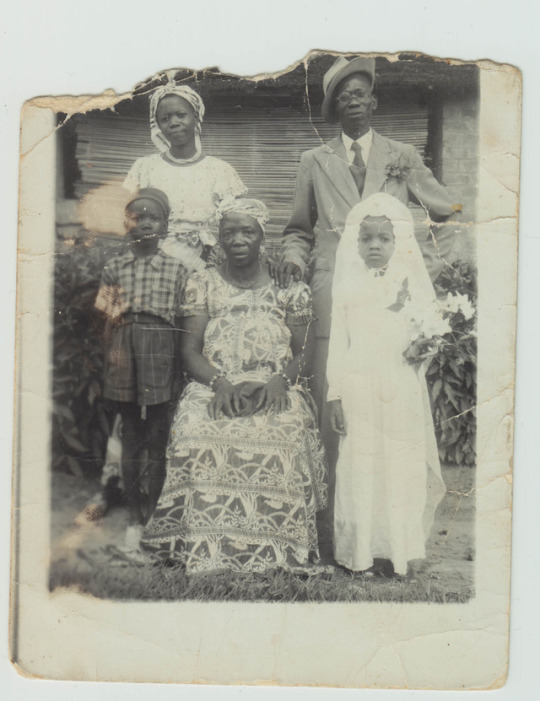
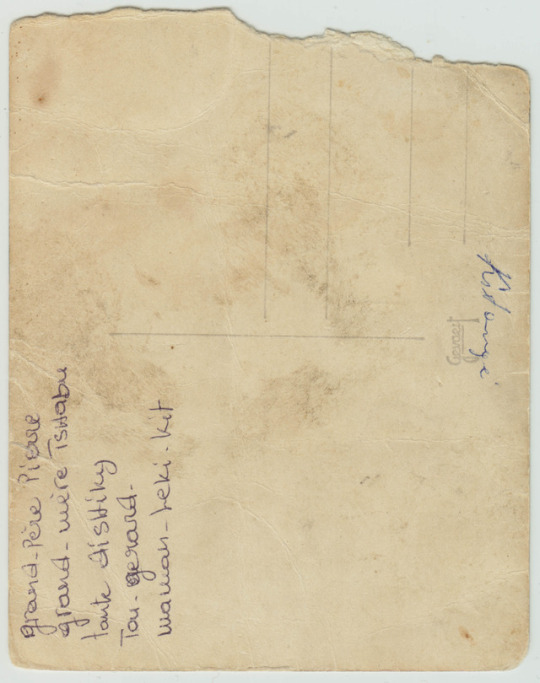

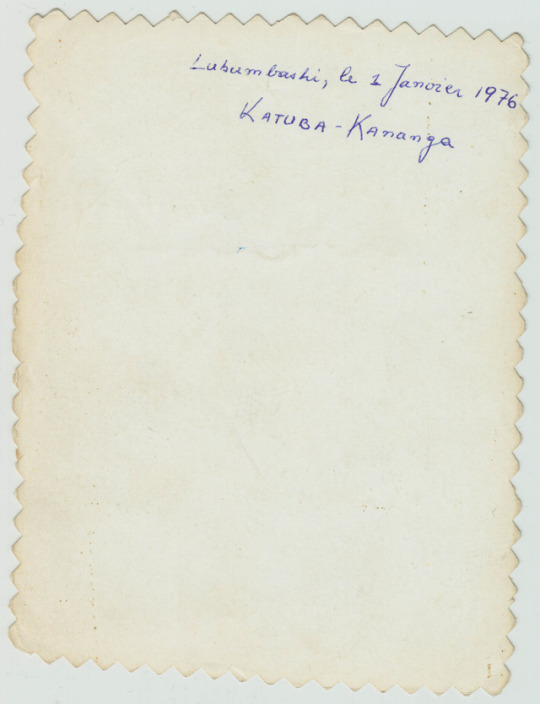
Scan those Photographs
It’s the easiest and I found quickest way of reproducing an image that you do not have the negative for, and I had used this method for an earlier project so of course it was my first (and only shhhh...) thought!
Personally, I love this method. The scanner used was Epson V700 flatbed which I have. However because Mac decided to update its system and I silly enough clicked the update button (after years of not doing so)! The new updates weren’t compatible with the old version of Epson Scan and I had done everything I possibly could but it just wasn’t having it *insert loud screams and floods of eye waters*
Not to worry, as uni had the V750 and I was already inducted to use them.
The reason why this scanning photographs appeals to me is because you can really see the texture of the photographic paper come through. Most generic prints these days are glossy and flat (some times both texture and colour wise), in contrast to a print from 1960′s going back. This is what I had come to realise whilst going through the vast collection which my aunt had (shock horror) so badly stored in one giant plastic bag.
If the texture doesn’t call to your photo geek within, then take a closer look at your screen at the tones. Tones like this, cannot be recreated in the same way. The paper and chemicals used then have changed so much so that even digit prints (after editing) won’t have the same aesthetic. It’s a sad reality many analogue/ archive buffs come to.
Are you convinced yet? No...? Well...
Take a look at the aesthetic of the edge of these photographs. Notice how it looks as if you could just reaching down and pick it up. This is something I have not seen in photographs of photographs before. A limbo between 2D and 3D. Enticing, no! The edges in scans make these photographs pop, the slightly burnt outline helps to differentiate the object [photograph] from its background. Clearly stating that this is an object. A print/image of a photograph.
Disclaimer: all these are from my father’s family. The first image is of my granpere <3
I had shown my tutor these, and was told to consider photographing the photographs ... He had taken a quick snap of one photograph during our tutorial and I saw the glow in his eyes. So that’s what I did. It is all experimentation and tests after all!
#archives#archiving#kongoarchives#kongostories#kongo#kongolesestories#D.R.Congo#tests#experimental#photography#scanning#epson v700#epson v750 pro#flatbed scan#photograph as objects#texture#tones#prints#multistories#collaboration#community#family album#nostalgia#films not dead#analogue#early photographs#archive fever
21 notes
·
View notes
Photo


Searching for face/s III
Still not quite there, but bless his patient self.
*Disclaimer: I do send him any image he wants for his acting portfolio. I promise*
#archives#kongoarchives#archiving#In Search Of#searching#portrait#colour photography#Congo#kongo#Kongostories#kongolesestories#D.R.Congo#black boys#blackstories#black boy magic#canon 6d#studiophotography#colours#actor#model#brother#afrocentric#fashion#sun glasses#goatee#boys with beards#black boys with beards#afrohair#natural#profoto lights
5 notes
·
View notes
Photo

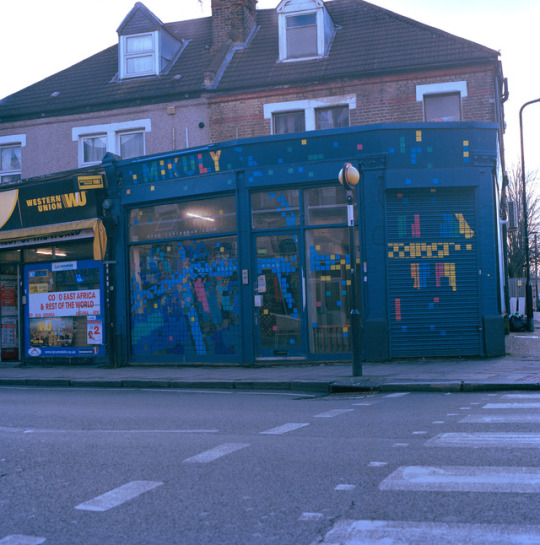


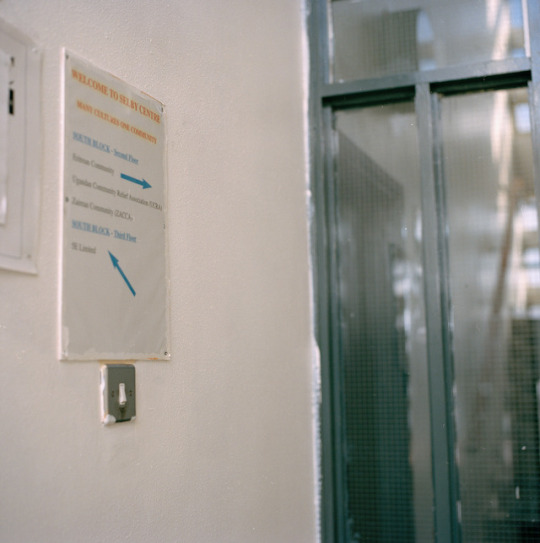
In search of ZACCA
It took me a couple visits to scout out locations and simply introduce myself to the owners of the area. Although one idea I had had was street portraiture, I didn’t feel confident enough nor ready to experience so much questioning and rejection. This is not to say that these owners were all welcoming.
In all honesty, owner of The BASH restaurant (as you can see by the closed shutters) never gave full permission so I only ever managed to take the photographs went they were closed. I later (along with owners of all the other businesses I photographed) went back and gifted her a framed photo. She loved it and said some extremely heart warming words. I was pooping my pants the day I went with the image, so I thank God she was okay with it. Must return to photograph the place whilst it’s open.
Found a few other Congolese owned businesses. Every time I went I had to reintroduce myself and the project. this was because one day I hadn’t done so and an employee came out to shout at me. I left feeling extremely crappy but no time to cry, work has to be done.
Arriving at ZACCA, (an advice and information centre for refugees and asylums from the former Zaire/ now D.R.C for HIV/AIDS; immigration; housing etc) was a mild disappointment. I was hoping to through this project work closely with them and families willing to participate to enrich the project, however they had closed down some years ago although the sign still shows them as being present. Absences in our presences or the other way around?
As the building itself [for ZACCA] would now no longer be relevant, I decided to focus on those that are here now! Or then at the time of photographing.
Above were all tests using my own 80mm lens. It was there I knew I’d need a wider lens if possible as sometimes you just don’t have enough pavement and standing in the street is dangerous. I know because I had to when shooting Pride of Tottenham.
#archives#archiving#architecture#kongoarchives#photography#colour film#colour photography#urbanscape#present#history#future#80mm lens#hasselblad#6x6 film#multistories#community#kongo#kongostories#kongolesestories#congo owned#congolese businesses#absence#presence#fear is limiting#filmsnotdead#location hunting#projects#hope#shoot first#ask later sometimes
18 notes
·
View notes
Photo
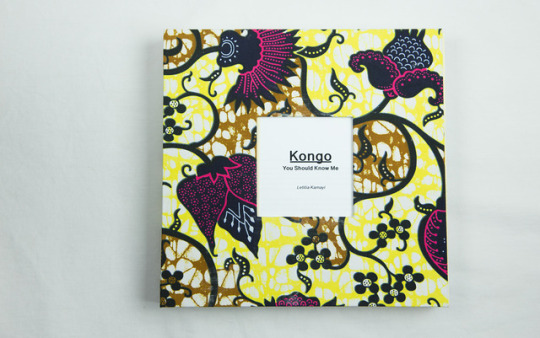
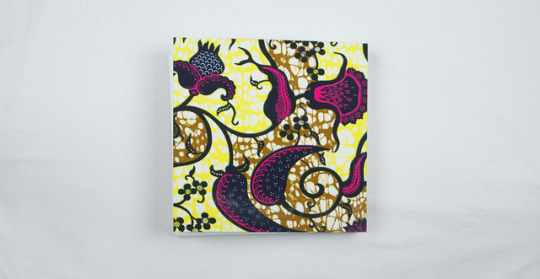
In September 2016, I graduated from the University of Westminters’ MA Photographic Studies course. It was at Westminster that I was able to, through a burning desire and uncontrollable fear start what is now Kongo: You Should Know Me. an archive project, collaborating with Congolese people of the London diaspora to produce this book.
A look within only showcases but a droplet of an ocean of stories, images and more of and from the Congolese people.
Kongo Stories, is my way of connecting with more of my brothers and sisters of the motherland, learning more about the motherland and collating multi-(hi)stories of a country that has and continues to change.
I want to do this not only for myself and family but for us all, for we deserve our stories to be seen and heard!
#itisthebeginning#kongostories#kongoarchives#archives#multistories#history#future#present#D.R.Congo#photography#archiving#collaboration#diaspora#community#blackstories#kongolesestories
25 notes
·
View notes
Photo
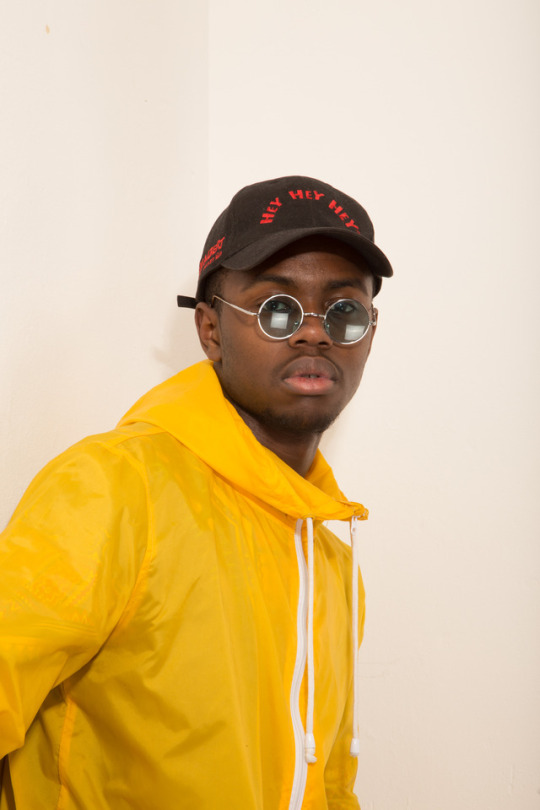

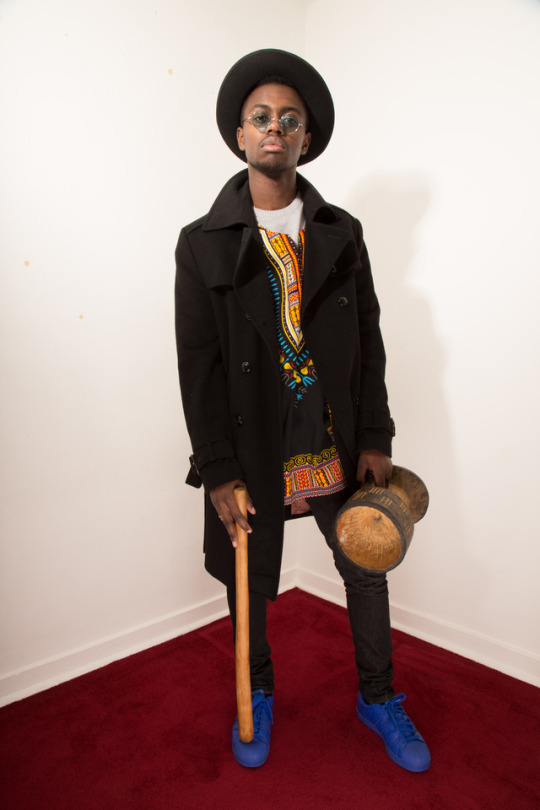
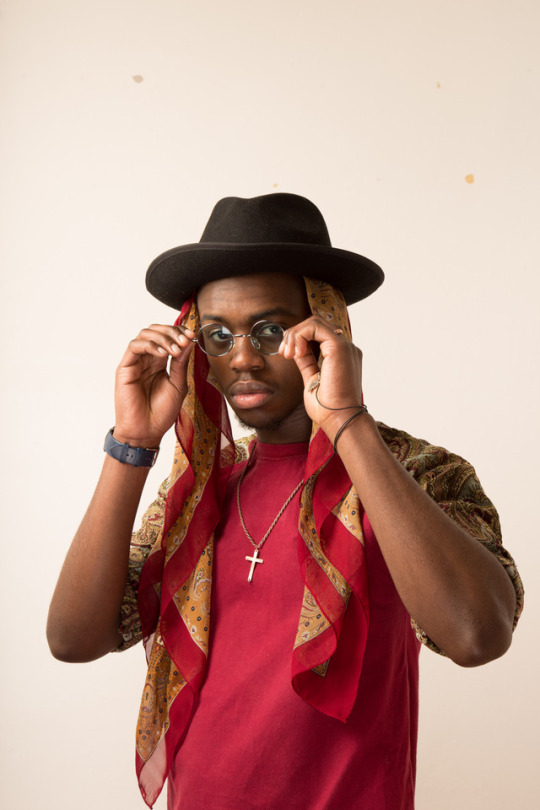

Searching face
You never know how a portrait should look until that “ah ha!” moment. This is the famous Olivier, also know as my youngest brother and aspiring actor. He’s been in ALL my shoots. Whenever I’m thinking, I cal him to practice before I find the style/look I want. I couldn’t have done half of my other projects without his patience. Thank you little brother. Also thanks to all my other family and church folks.
None of these have been edited, hence the obvious wall marks. Those were where I tacked images for editing (as in narrative/sequence).
Searching for THAT! face/look is difficult. The slightest inch can sway the meaning. Clear to say neither of these had that it! factor I yearned for.
The testing continued...
#the IT! factor#blackstories#kongo#Kongostories#kongoarchives#kongolesestories#archives#archiving#black boys#actor#Family Album#family love#Tests#Experimental#searching#Congo#colour photography#community#black boy magic#in search of#photography#home studio#canon 6d#dslrphotography
6 notes
·
View notes
Photo
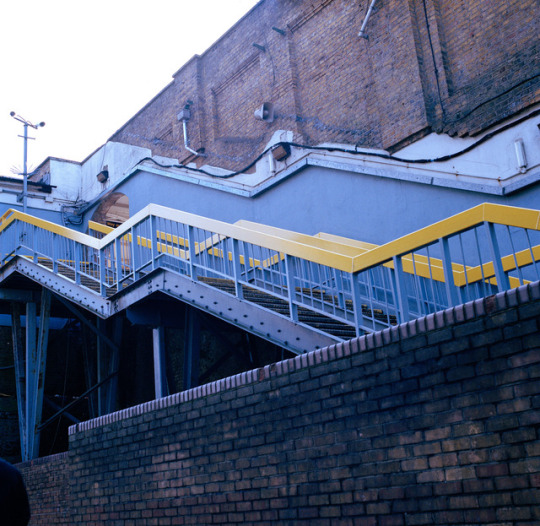
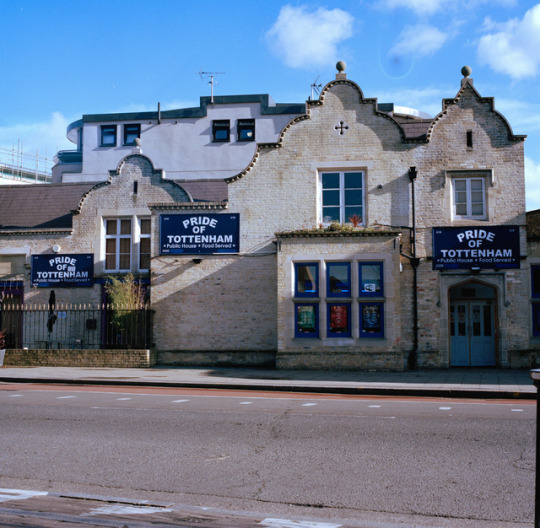
My go to device for project work is always Hasselblad 500cm. I adore the format. I enjoyed the colours within the first photo. Come to think of it, these are the colours of our flag!
The second, well... this was the good surprise.
One early evening, I walked past and there was a hoard of people enjoying themselves in the “garden” area of this pub. From across the road, I could hear snippets of Lingala being spoken! This was a first for me. Congolese people at a pub! A pub that looks very much British-seque... So I decided to come back and photograph. I had to!
#archives#kongoarchives#kongostories#kongolesestories#kongo#hasselblad#6x6 film#colour film#D.R.Congo#congoleseowned#history#archiving#urbanscape#architecture#lingala#photography#colour photography#multistories#community#gems in plain view#good surprises
9 notes
·
View notes
Photo

Almost a year ago today I started looking into how/ where to begin. The thing that I love most about archival/ old images are the paper and quality of the image itself. In today’s photographic industry, it is almost impossible to replicate what those photos.
The materiality and object of the photo holds as much history and importance as the contents itself. I want to recreate at least one, just one photo that will look as similar to its original as possible. I’m sure that is doable. Right?
The two years before starting my MA, I was occupied with learning more about my Congo and struggling with starting a project, let only getting out and about to do much. #lackingmotivation
In 2013, I lived in Brussels for 3months. I was there to find and record what was/is already out there in the hands of the ‘coloniser’ and experience just how accessible it is to anyone. The one place who were open and happy with little to no restrictions to viewing and such were Les Soeurs de la Charite de Jesus et de Marie (Sisters of Charity of Jesus and Mary) in Ghent. Such loving and helpful women, I pray to go back for a refresher and to show them what has come from my visits to their archives. Maybe there could be a collaboration of sorts.
None of the images within Kongo archives were taken or recovered from the missionary as copyright laws...
Photographs as objects was just one of many texts that resonated with me prior and during the building of Kongo. Archive Fever and Black Skin, White Masks were others which opened and continues to broaden my thinking. [should you require a bibliography, I’m more than happy to provide them]
Importance of the photograph is bestowed onto it by its owner; you and I; and with this history and a multitude of stories are unconsciously embedded into them. Each time the owner [you] remember that day/ scenario a little bit of memory is erased/ replaced or simply added into the frame through the act of remembering alone, and even more so through speech between each other. This does not mean that its stories are fake, just many in my eyes.
Recording stories is one of the ways I believe stories can remain as true as the day the event occurred. I would like that [recording stories] to be another factor of the Kongo archives as recordings become objects which can be handled similar to photographs.
*linked the amazon page for the book, in case you want to buy it.*
#photographsasobjects#photographs#objects#archives#photography#kongo#kongostories#kongoarchives#kongolesestories#D.R.Congo#theory#text#history#archiving#blackstories
0 notes
Photo

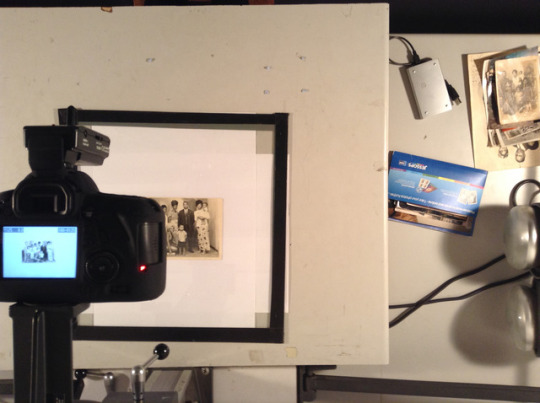
Having mentioned the previous, initial start was to reproduce original photos. I weren’t about to allow people to handle precious artefacts!
We start, always by looking inward (well I do) until you are able to look out into the world. As I am Congolese and both my parents are Congolese, it seemed crazy not to include whatever family photos I could find.
I live with my mother, I asked her and she said “naza na ba foto te”... disappointed... She’s the QUEEN of photos, she just doesn’t know where the precious ones are (or is she afraid?). It wasn’t until well past half way mark that mummy dearest “found” and gave me her images. I keep them safe.
So I asked my father who directed me to an aunt who possessed in her house what I consider diamonds and gold! However she had them stored in a plastic bag, unorganised. #vexed but that’s another story.
I went through them and grabbed a bunch and some that really spoke to me. The remaining time between Brussels and Ghent were spent looking at and uploading the photos/ documents I photographed at the missionary and visiting/ laughing with my cousins.
During my BA (some many years ago lol), I started our immediate family’s journey from Kinshasa to London. I had also photographed the images used in that project in the same way I did for Kongo | You Should Know Me. This method is not only simple and effective (for me to execute in the time frame I had), it is consistent [some times] and cost effective.
White background [or colour of your choice]; photograph and glass on top of it. Set up your camera and lights and shoot.
My tutors during all of this, didn’t understand why I was just using collected family album photos or what the “project” was, nor did I. So while photographing photographs, I continued reading/thinking and coming up with ideas.
One idea was to take photos of Congolese people on the street. I hear the roars of laughter already... “we don’t stop and let ‘people’ take pictures of us”. [Next post, may include sketchbook snaps]. And so, I was told to stop reading and just start shooting...
#kongoarchives#archives#kongostories#kongolesestories#kongo#photography#materiality#reproduction#studiophotography#tests#experimental#university of westminster#blackstories#inclusion#multistories
0 notes